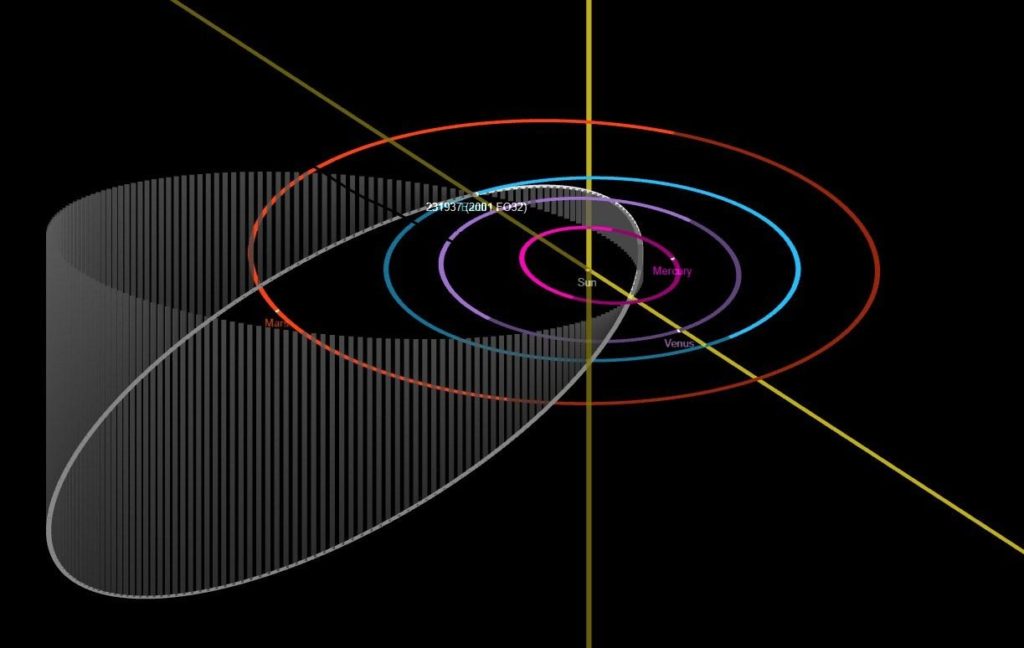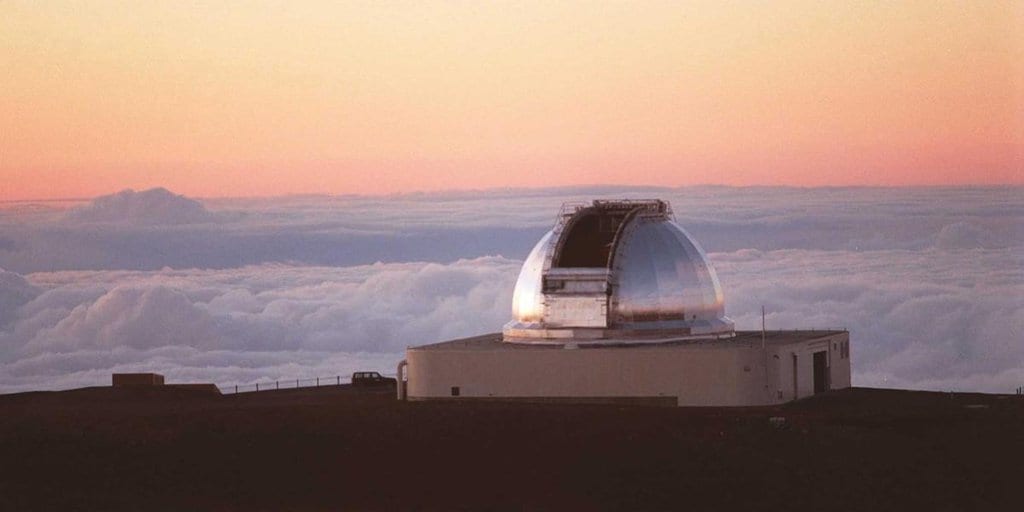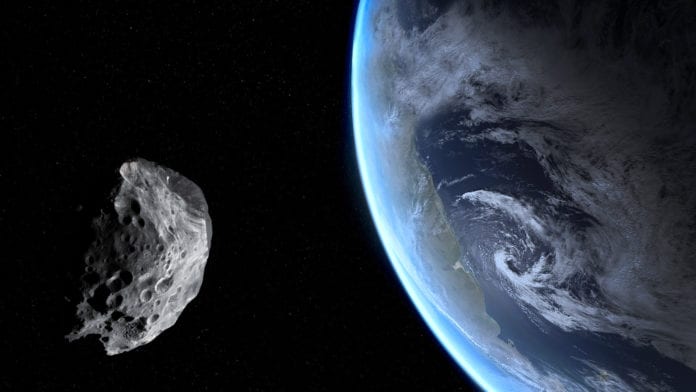NASA predicted that the largest asteroid to pass by Earth this year would move at a safe distance on 21st March 2021. It was estimated to be between 1,300 and 2,230 feet wide. Even though it didn’t come close enough to Earth to cause any harm, it was still considered potentially hazardous because of its proximity.
The asteroid was known as 2001 FO32. At its closest point to the Earth, it was at a distance of 1.25 million miles which is approximately equal to five times the distance between Earth and the Moon. It was also flying at an unusually fast speed of 77,000 miles per hour, which is much faster than most asteroids that make a close approach to our planet.
According to a press release from NASA, “There is no threat of a collision with our planet now or for centuries to come.”
Paul Chodas, director of the Center for Near-Earth Object Studies said in a statement, “We know the orbital path of 2001 FO32 around the Sun very accurately since it was discovered 20 years ago and has been tracked ever since. There is no chance the asteroid will get any closer to Earth than 1.25 million miles.”

The reason this space rock was moving so fast can be explained by its angled and elongated orbit around the sun. When 2001 FO32 approaches the inner solar system, its speed increases. When it gets back into deep space, the speed decreases. 810 days are required for it to complete one orbit, but it is only after 2052 that it will make the next close call with Earth.
Observing the Asteroid
Chodas said, “The asteroid will be brightest while it moves through southern skies. Amateur astronomers in the Southern Hemisphere and at low northern latitudes should be able to see this asteroid using moderate size telescopes with apertures of at least 8 inches in the nights leading up to the closest approach, but they will probably need star charts to find it.”
This was a great opportunity for scientists to closely observe the space rock and study the details of its size and composition. NASA’s Infrared Telescope Facility on Hawaii’s Mauna Kea volcano was also used to observe the rock.

Vishnu Reddy, associate professor at the University of Arizona’s Lunar and Planetary Laboratory in Tucson, said in a statement, “We’re trying to do geology with a telescope. We’re going to use the (telescope) to get the infrared spectrum to see its chemical makeup. Once we know that, we can make comparisons with meteorites on Earth to find out what minerals 2001 FO32 contains.” The details of the composition of the rock can give more insight into its history.
Lance Benner, the principal scientist at JPL, said in a statement, “Observations dating back 20 years revealed that about 15% of near-Earth asteroids comparable in size to 2001 FO32 have a small moon. Currently little is known about this object, so the very close encounter provides an outstanding opportunity to learn a great deal about this asteroid.”
Three ground radio dishes in Australia, California, and Spain can be used to bounce radio signals off the rock. These were used to provide radar observations like whether the asteroid has its own moon.
Further Reading:



It is not clear to me whether this pass by has already happened or not yet. No date or time is ever given. Seems like the most important point to me… Confusing switching betwn past tense and quotes in present tense referring to future events…?